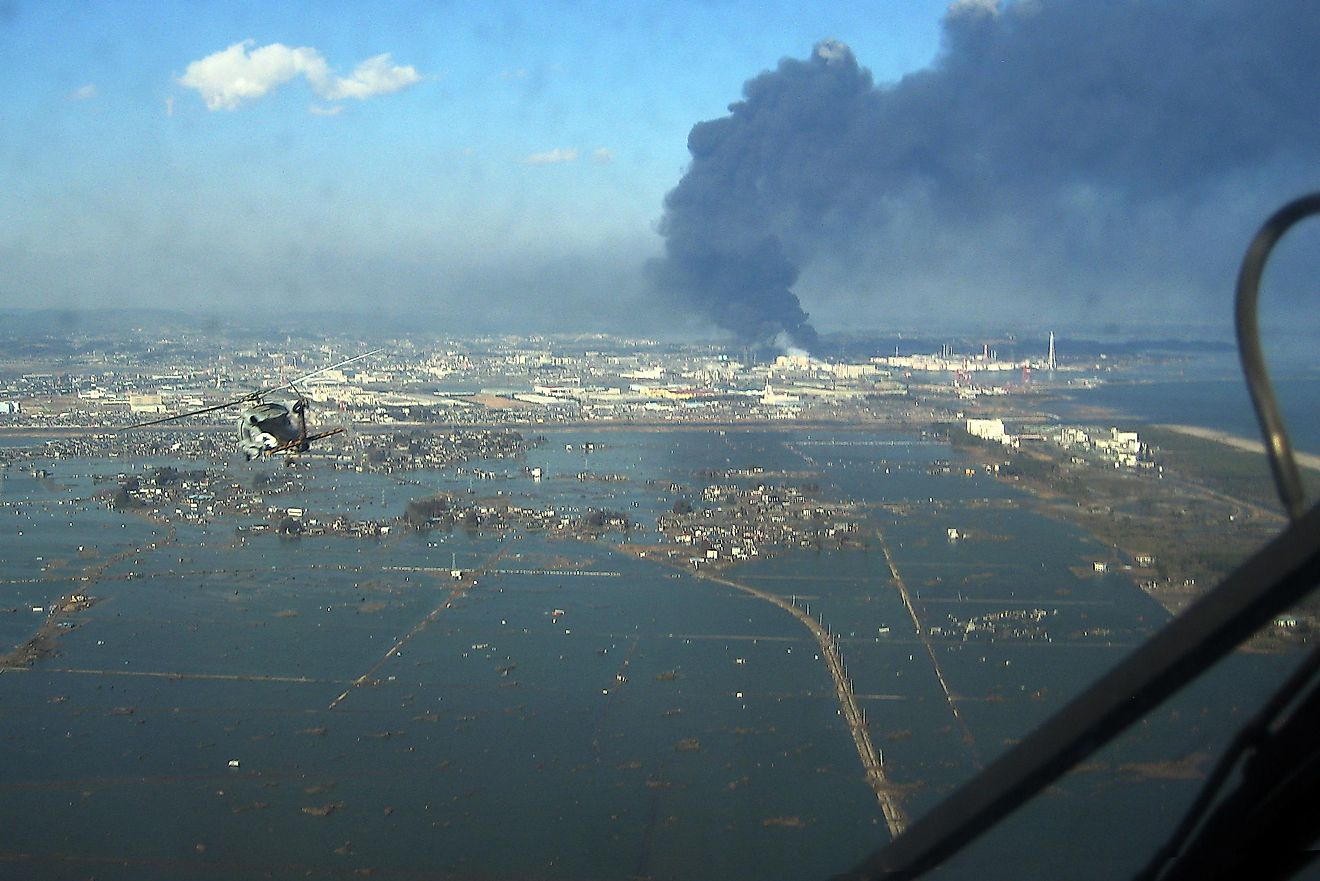Best Countries At Reducing Disaster Risk

The United Nations General Assembly, a UN body operating at the intergovernmental level, decided to take measures on disaster risk reduction. In 2005, the Hyogo Framework for Action (HFA), aimed to reduce the vulnerability of countries to devastating natural catastrophes, was formulated. The HFA was designed to assist countries in establishing rules and regulations in the event of natural disasters that threaten the well-being and sustainable development of these countries. The primary purpose of the document is to create a system of stability among countries vulnerable to climatic catastrophes as well as a substantial reduction in disaster losses. These include the preservation of human life, social, economic and environmental values of the countries. The HFA Progress Score, a five-point system aimed at assessing the ability of the countries in reducing disaster risks, was devised. The most secure countries received a score between 3.5 and 5.0 points.
The Best Prepared Countries
Ecuador and Switzerland are the world leaders, being the best at reducing disaster risks as evident by their HFA Progress Score of 4.8. Switzerland has invested massive funds in establishing early warning systems that predict potential threats like landslides, avalanches, and floods. Here, a system of isolation channels able to stream heavy rain or melting snow has been established in the major mountain ranges. These measures protect the Swiss villages and towns against flooding. Brazil is next on the list with 4.5 HFA points. Centuries-old history of the violent floods in the Amazon River basin by the Amazon and its tributaries has influenced people to adopt measures to prevent future floods. Construction activities in the flood plains of the rivers are strictly regulated. Since the adoption of HFA, many international, regional, national and local initiatives targeted at disaster risk reduction were initiated. The UN encouraged the implementation of the HFA among all member countries and also established the Global Platform for Disaster Risk Reduction. These led to the creation of coordination units for disaster risk reduction in the countries, following the example of Japan with 4.5 points of HFA score. Japan developed the best system of warning for tsunami and earthquakes. During the tsunami of 2011, the most trained population category were Japanese children. Once the warning siren sounded in the coastal schools, the children quickly left the building knowing well how to act. They have been taught of whereabouts of the highest point in their neighborhood and got enough time to reach safety while roaring waters destroyed their school. Cuba follows Japan with the same 4.5 points as one of the most prepared countries in the Caribbean for the hurricane season. National media in Cuba is always prepared to warn public about impending disasters. Civil protection committees are well trained to execute evacuation plans. 48 hours before the expected storm, the high-risk areas get targeted by authorities. People are not allowed to appear in the coastal zone, and the houses checked for safety equipment. In Costa Rica (4.5) a similar system of evacuation is put into use. The country operates an efficient program for the rapid detection of disaster victims, as well as cleansing the streets of debris and garbage within 12 hours after a natural disaster. From June to December, the weather in Barbados (4.0 HFA points) is heavily monitored by meteorologists since violent storms are common during this period. Profiting from the well-developed tourism industry, Barbados is in serious need of a detailed weather forecast. The use of insurance guarantees returns during holidays spoilt by natural disasters. Some regional bodies of Canada (4.3) have developed strategies at the provincial level for disaster risk reduction as per the norms of HFA. Local governments have decided to increase resilience to disasters by investing in simple, well-known measures to reduce risk and vulnerability. In Mexico (4.3), the ill effects of natural disasters are reduced by applying relevant building standards. In Germany (4.3) forests are considered as a natural barrier that acts as a shield against storm winds. Protection of these forests is thus regarded as a top priority in the country.
The Need To Be Prepared
With global warming and climate change threatening to make the weather in all parts of the world largely unpredictable, there is a need for other countries to join the high scorers in the list. Rising sea levels, melting of mountain glaciers, overflowing rivers, could result in massive floods in the future. Storms, tropical diseases, tsunamis are predicted to rise due to the adverse effects of global warming. Thus, it is high time now for the countries of the world to allocate funds for management of disasters, training of personnel to reduce disaster risks, and building of infrastructure and warning systems to save lives in the future.
Best Countries At Reducing Disaster Risk
| Rank | Country | (Hyogo Framework Disaster Risk Progress Score) |
|---|---|---|
| 1 | Ecuador | 4.8 |
| 2 | Switzerland | 4.8 |
| 3 | Brazil | 4.5 |
| 4 | Costa Rica | 4.5 |
| 5 | Japan | 4.5 |
| 6 | Cuba | 4.5 |
| 7 | Canada | 4.3 |
| 8 | Germany | 4.3 |
| 9 | Mexico | 4.3 |
| 10 | Barbados | 4.0 |











